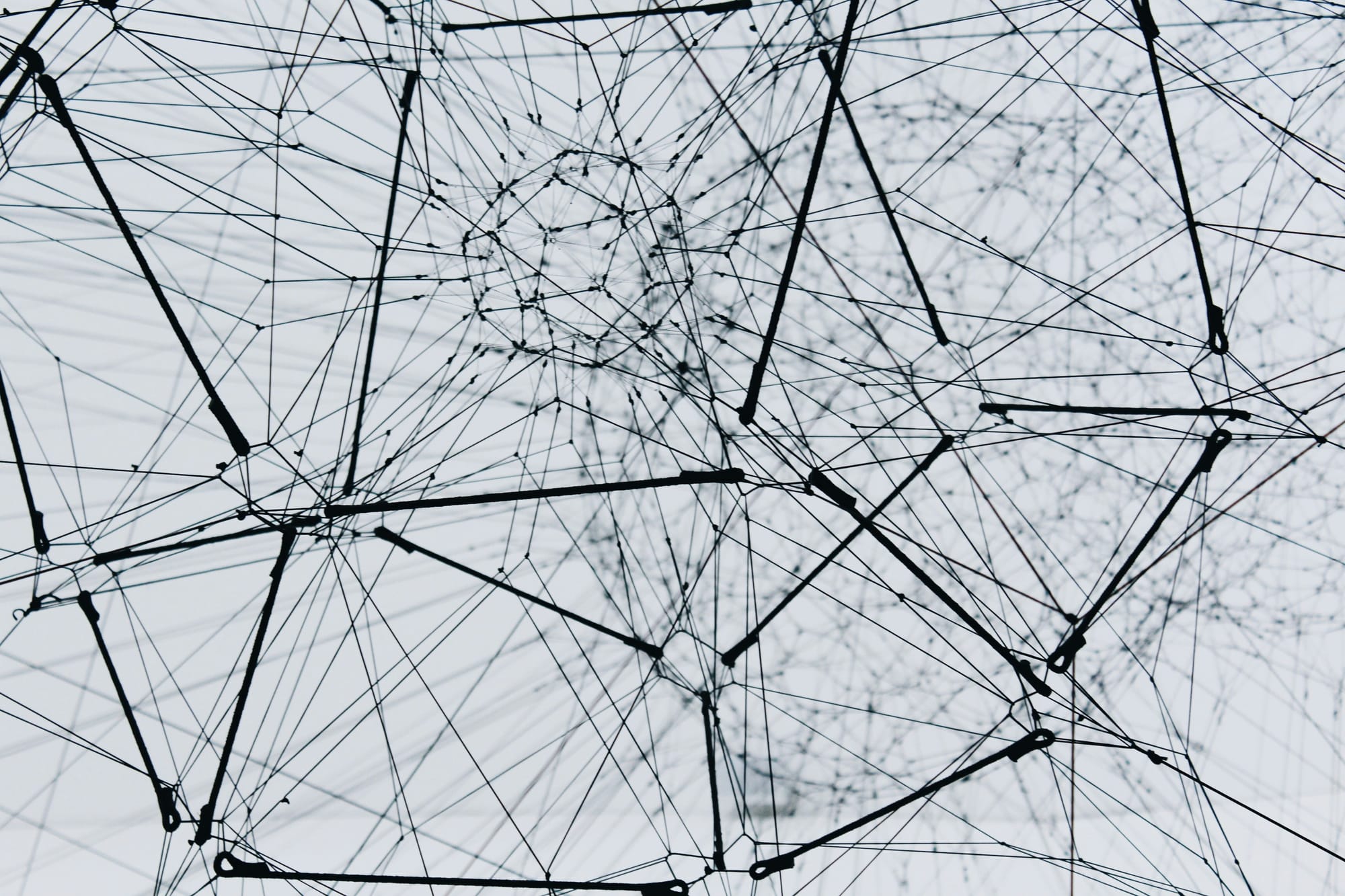
How to Turn After-Action Reviews Into Real Change
After-action reviews are meant to improve resilience. Too often they only improve reporting. This article shows how to turn reviews into design changes that reduce decision latency and strengthen supply chain resilience within one governance cycle.












